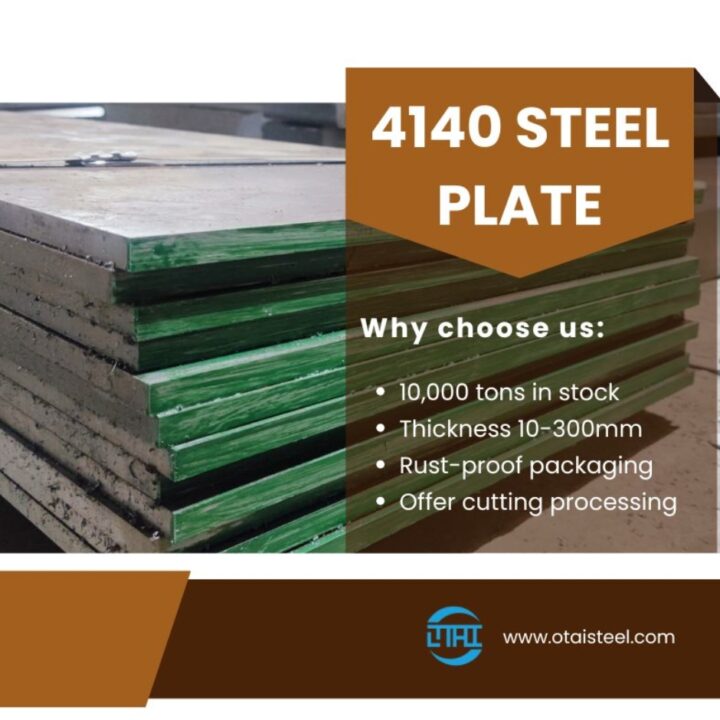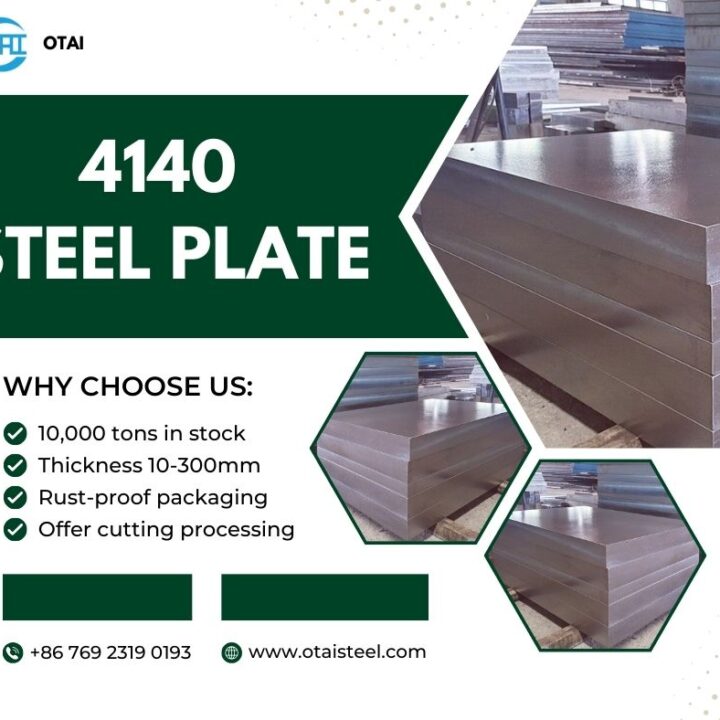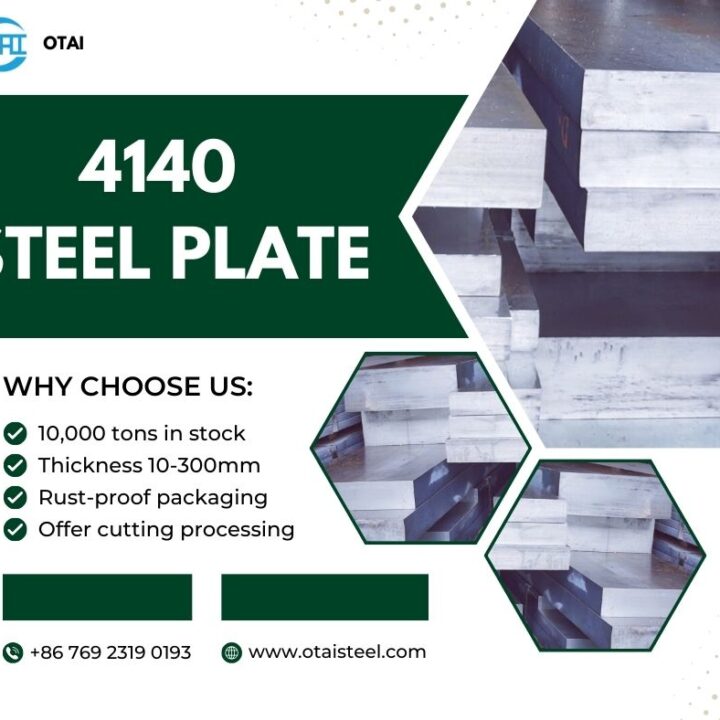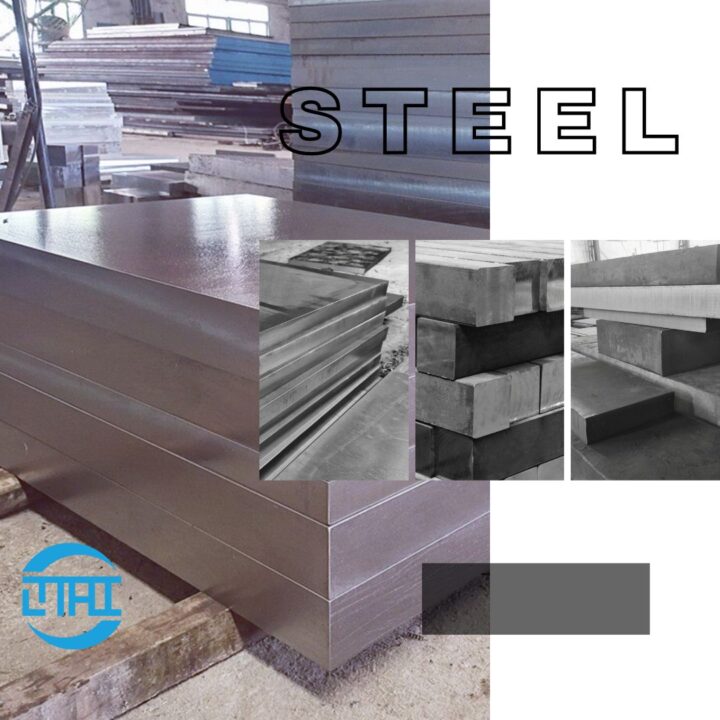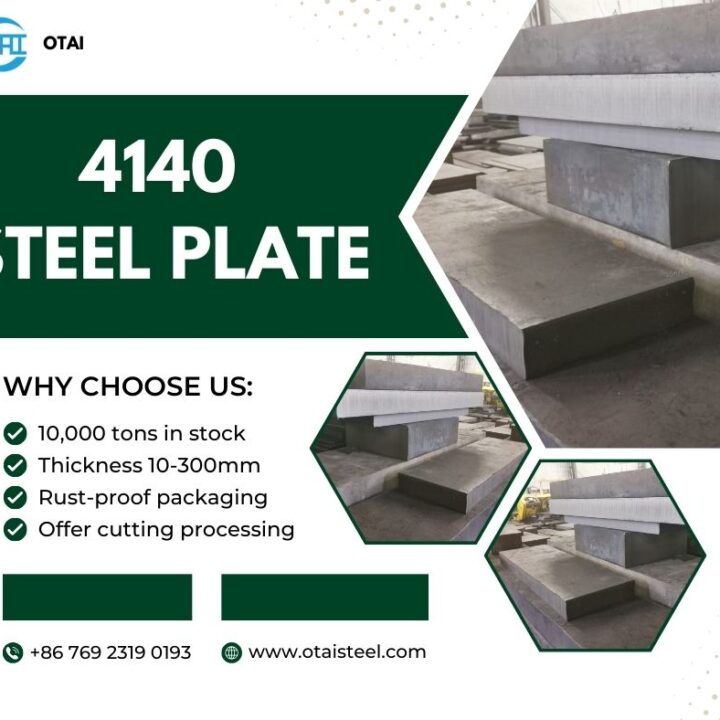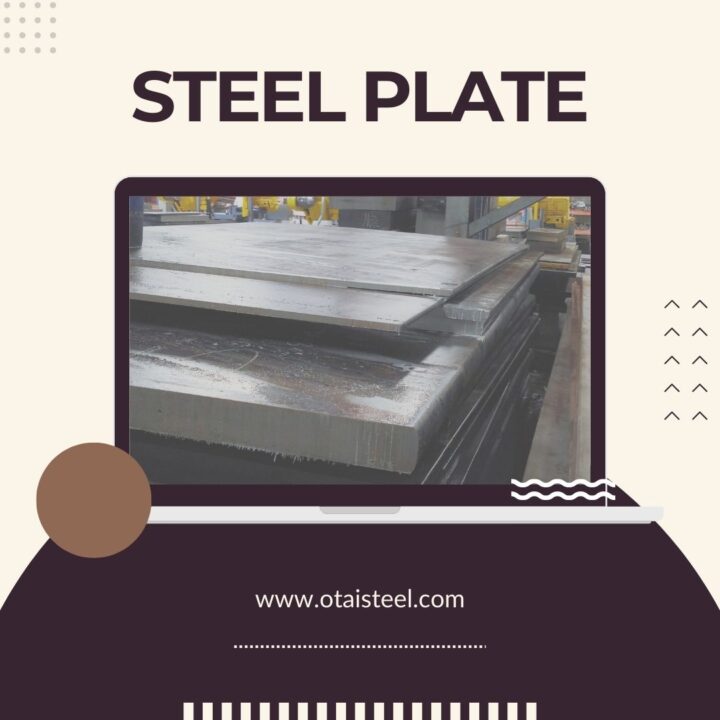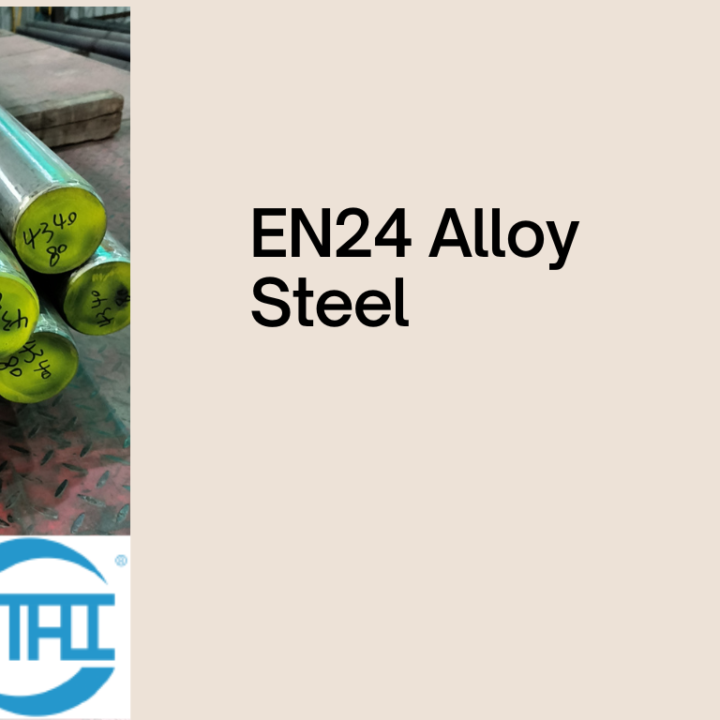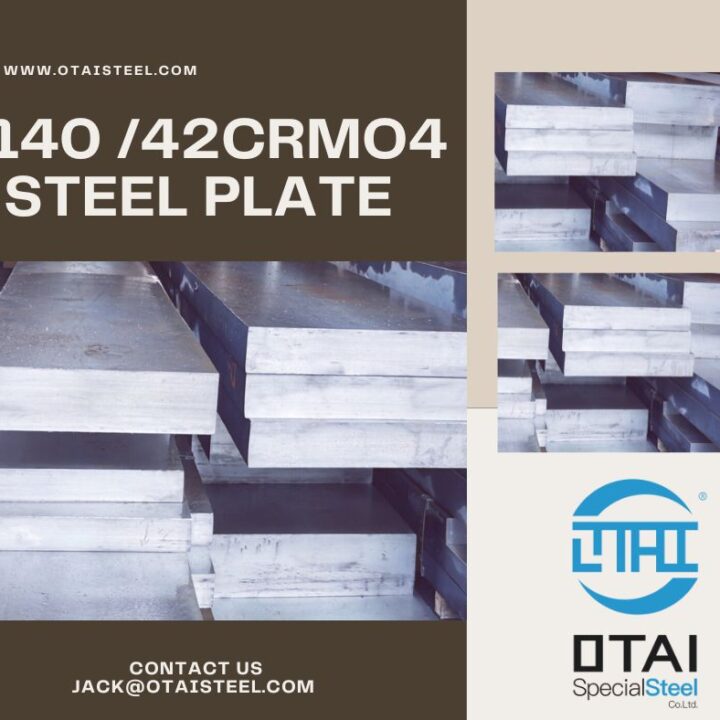1. Mold steel Hardness and red hardness (thermal stability)
Hardness is an important performance indicator for mold steel. The mold should be able to maintain its shape and size without rapid changes under the action of compressive stress. Therefore, the heat- treated mold should have sufficiently high hardness, such as a cold work tool, the hardness is generally above HRC60, and the hardness of the hot work tool can be appropriately reduced, generally in the range of HRC 42~50.
Red hardness means that the mold can maintain stable structure and performance under heat or high temperature working conditions, and has the ability to resist softening, and maintains a sufficiently high hardness at 600~600 °C. The red hardness of steel is mainly determined by the chemical composition and heat treatment system of steel, which is an important performance index of hot work die steel.
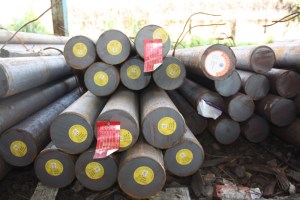
2. Mold steel Wear resistance
The mold is subjected to considerable compressive stress and friction during operation, and the mold is required to maintain its size and shape under such conditions, and is durable. The mold is mainly subjected to sliding friction during work, and its wear condition is very complicated. The wear resistance of the mold depends not only on the composition, structure, and performance of the steel, but also on the working temperature, load (pressure) state, lubricating medium, etc. relationship. Increasing the hardness of the steel is beneficial to improve the wear resistance of the steel. However, after a certain hardness value, the effect of increasing the hardness on the wear resistance is not significant.
3. Mold steel Strength and toughness
The mold is subjected to maximum load during operation and complex stresses such as impact, vibration, torsion, and bending. Heavy-duty molds tend to be damaged in advance due to insufficient strength and insufficient toughness, causing edge or partial breakage of the mold.
Therefore, maintaining the mold steel with sufficient strength and toughness is beneficial to prolong the life of the mold. However, the grain size of the steel and the amount, size and distribution of the carbides in the steel, as well as the amount of retained austenite, have a great influence on the strength and toughness of the steel. For example, as the grain size in the steel increases and the unevenness of carbide distribution increases, the strength of the steel decreases, and the effect on toughness is more pronounced. The practice has shown that, according to the conditions of use and performance requirements, the chemical composition, microstructure, and heat treatment process of the mold steel can be reasonably selected, and the best combination of strength and toughness can be obtained.
In addition, for mold steel, it is also necessary to consider high temperature strength, thermal fatigue conduction, thermal conductivity, and corrosion resistance according to the working conditions of various molds.
Since most of the die steel is used in high hardness, high strength, high wear resistance and sufficient toughness, the metallurgical quality of the die steel is required to be high, and the gas content in the steel, non-gold inclusions and harmful elements (sulfur) should be minimized. , phosphorus, etc.), at the same time, in order to ensure the steel has good performance, it must be subjected to correct hot pressing (forging, rolling) to change the shape of the section, change the as-cast microstructure and properties, and then be processed by cold cutting. The mold of a certain shape is subjected to final heat treatment (normalizing, quenching and tempering) in order to obtain the required performance of the mold. Therefore, the process performance of die steel is also a very important factor for mold manufacturing.
